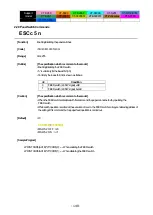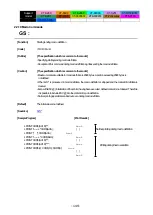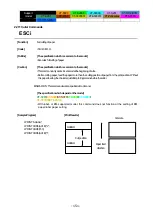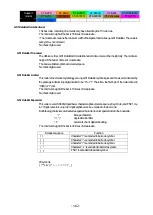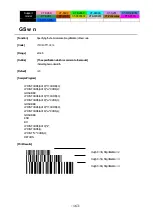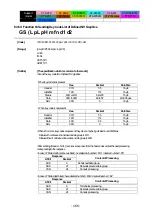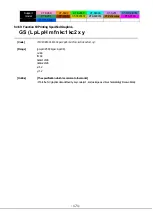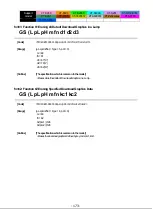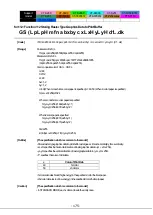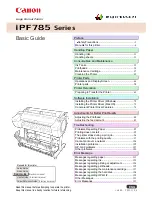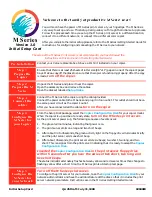
Support
model
CT-S280
CT-S300
CT-S2000
CT-S4000
CT-S251
CT-D150/E351
CT-S281
CT-S310
CT-S801/851
CT-S601/651
CT-P29x series
CT-S310II
CT-D151/E651
- 161 -
CODE128
This bar code consists of 103 bar code characters and three code sets, enabling 128 ASCII code
characters to be printed. It has a variable length of columns.
• Code set A ASCII characters 00H - 5FH can be represented.
• Code set B ASCII characters 20H - 7FH can be represented.
• Code set C Two-digit numbers 00 - 99 can each be represented by one character.
In addition to the above characters, special characters are available:
• Shift character (SHIFT)
When used in code set A, one character next to a Shift character is treated as a character of code set B.
When used in code set B, one character next to a Shift character is treated as a character of code set A.
The Shift character cannot be used in code set C.
• Code set select characters (CODE A, CODE B, CODE C):
The code set following a code set select character is switched to code set A, B, or C.
• Function characters (FNC1, FNC2, FNC3, FNC4):
How the function characters are used depends on each application. In code set C, only FNC1 is
available.
When sending print data, note these points:
(1) Each string of bar code data must begin with a code set select character (CODE A, CODE B, or CODE
C), which selects the first code set to use.
(2) Every special character is specified by a combination of two characters: a brace “{” followed by one
character. A brace “{” itself is sent twice consecutively.
Special characters
Hex.
ASCII
Code Set A
Code Set B
Code Set C
7B53H
{S
SHIFT
SHIFT
-N/A
7B41H
{A
-N/A
CODE A
CODE A
7B42H
{B
CODE B
-N/A
CODE B
7B43H
{C
CODE C
CODE C
-N/A
7B31H
{1
FNC1
FNC1
FNC1
7B32H
{2
FNC2
FNC2
-N/A
7B33H
{3
FNC3
FNC3
-N/A
7B34H
{4
FNC4
FNC4
-N/A
7B7BH
{{
‘ { ‘
‘ { ‘
‘ { ‘
<Example>
To print “No.” in code set B, followed by “123456” in code set C, send the following data string:
GS k <73> <10> <7B>H <42>H “No.” <7B>H <43>H <12> <34> <56>
[Sample Program]
LPRINT CHR$(&H1D);"k"; CHR$(73); CHR$(10);
LPRINT "{BNo.{C"; CHR$(12); CHR$(34); CHR$(56);
LPRINT CHR$(&HA);
END
• If the printer finds a string of bar code data that does not begin with a code set select character, it
immediately aborts the command processing and handles the subsequent data as normal data.
• If the printer received a character that is not available in the currently selected code set, it immediately
aborts the command processing and handles the subsequent data as normal data.
• An HRI character corresponding to either a Shift character or a code select character is not printed. An HRI
character for either a function character or a control character is treated as a space character.


